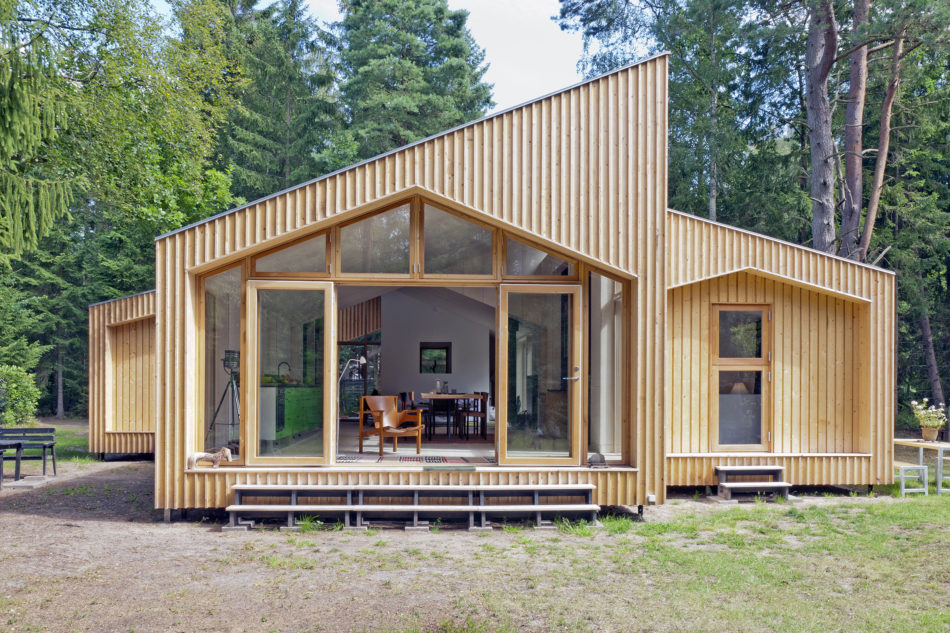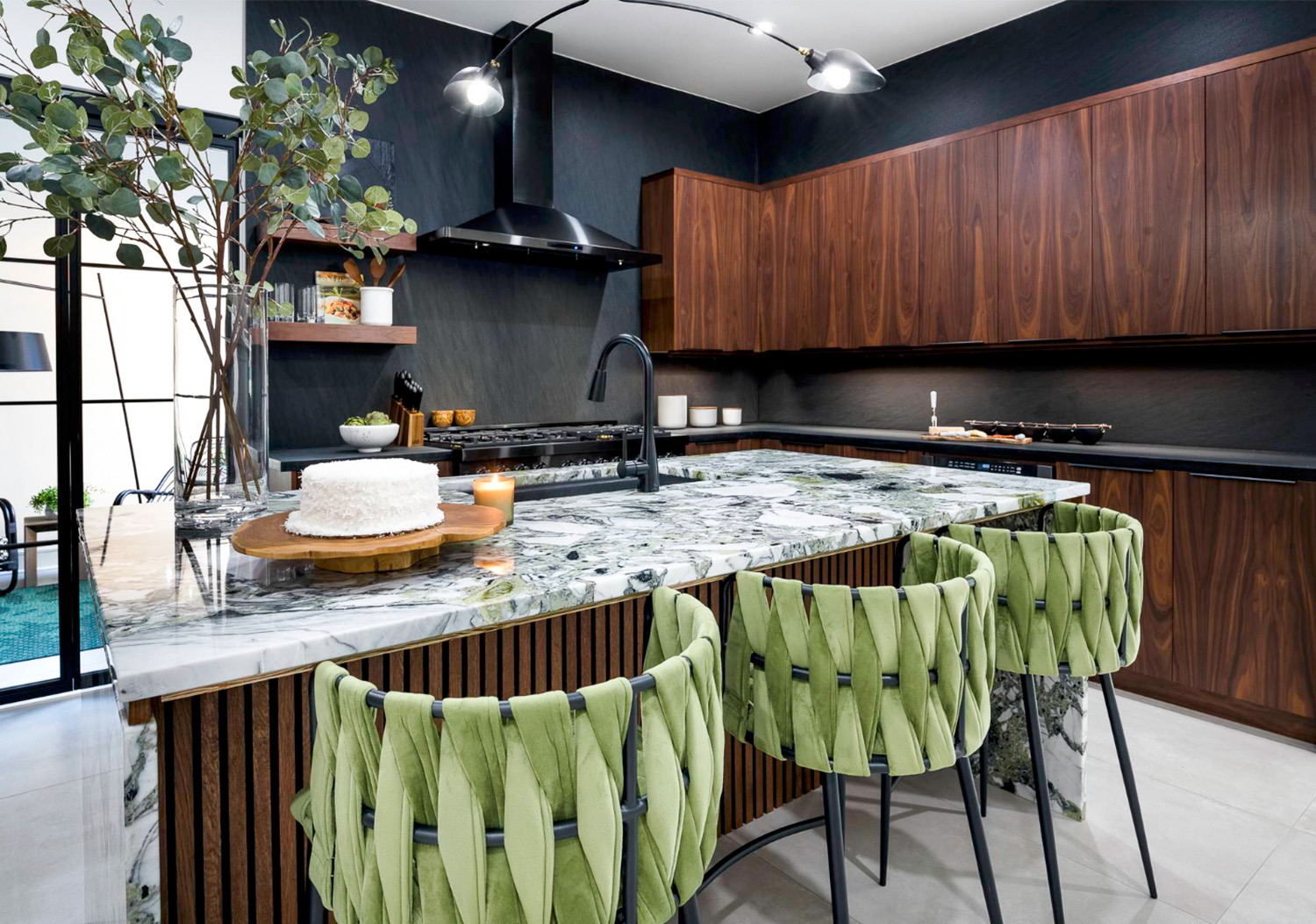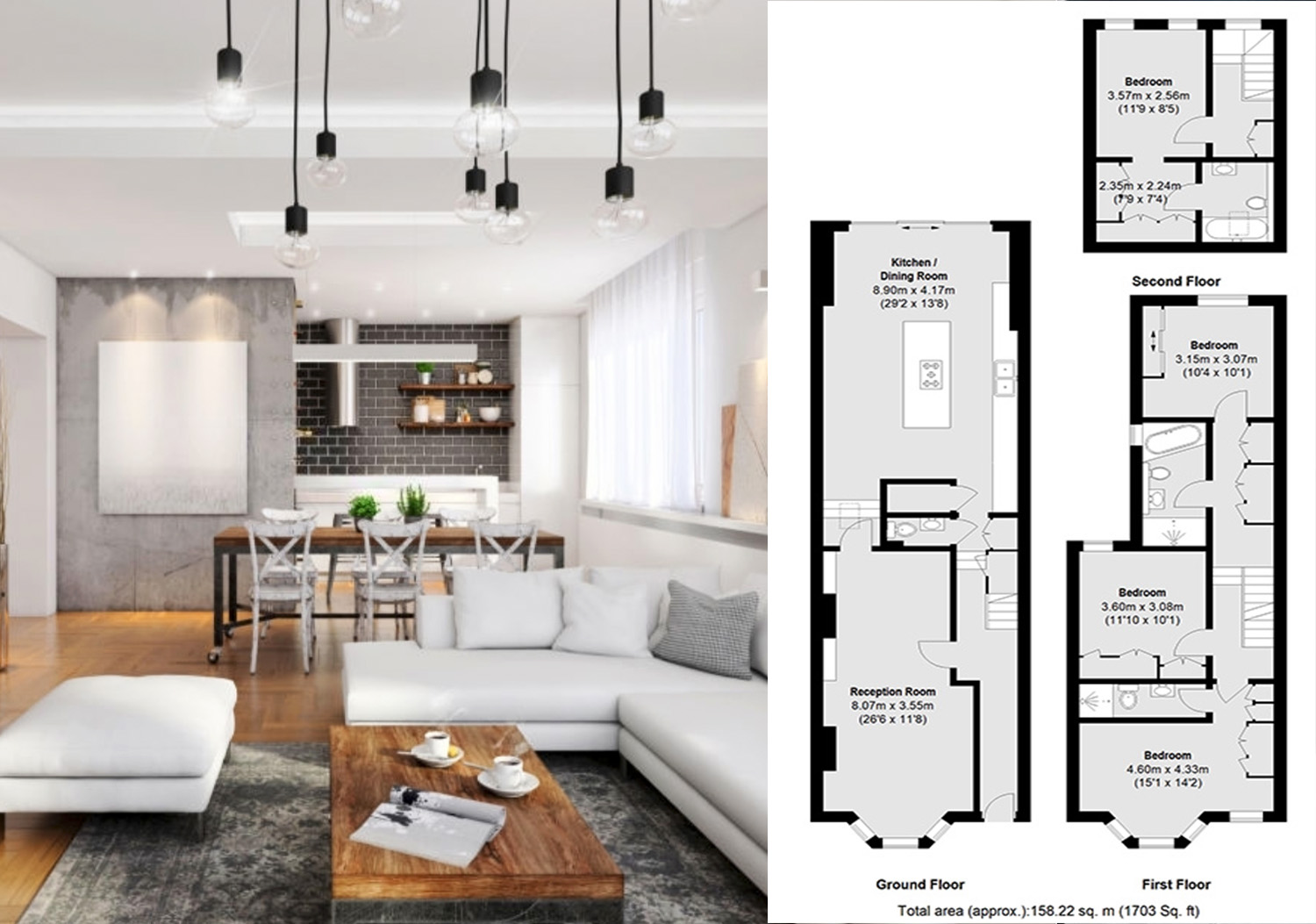
In an era where sustainability is at the forefront of our minds, the rise of eco houses is a promising development in the UK. These innovative homes go beyond the traditional design and construction, incorporating features that benefit both the environment and our wallets. Let’s take a closer look at what defines a sustainable eco house, its advantages, cost-saving benefits, and the exciting future of eco living, supported by the UK government.
Features of a Sustainable Eco House:
A sustainable eco house is designed with a focus on reducing its environmental impact. Key features often include:
1. Energy Efficiency: These homes are built to minimise energy consumption, with high-quality insulation, efficient heating systems, and renewable energy sources like solar panels or wind turbines.
2. Smart Design: Sustainable homes are often built with passive design principles, maximising natural light and ventilation to reduce the need for artificial lighting and air conditioning.
3. Water Management: Eco houses may feature water-saving fixtures, rainwater harvesting systems, and efficient wastewater management.
4. Sustainable Materials: Builders opt for eco-friendly materials that have a lower environmental footprint, promoting both the health of the occupants and the planet.
5. Landscaping: Thoughtful landscaping using native plants can reduce water usage and provide natural habitat for local wildlife.
Advantages and Cost Savings:
Investing in a sustainable eco house offers several compelling advantages:
1. Lower Energy Bills: The energy-efficient design and renewable energy sources can significantly reduce your monthly energy bills, providing long-term savings.
2. Improved Indoor Air Quality: Sustainable materials and ventilation systems enhance indoor air quality, promoting a healthier living environment.
3. Higher Property Value: As sustainability gains prominence, eco homes tend to have higher resale value due to their desirability and reduced operational costs.
4. Future-Proofing: With rising energy costs and increasing environmental regulations, eco homes are well-equipped to adapt to future changes, saving you from potential retrofit expenses.
The Future of Eco Living:
The future looks bright for eco living in the UK. The government has shown increasing support for sustainable initiatives, offering incentives for renewable energy installations, grants for energy-efficient home improvements, and promoting sustainable building practices. As our understanding of climate change deepens, and our commitment to a greener future intensifies, eco living is set to become the norm rather than the exception.
Government Support:
The UK government’s support for eco living is evident through policies such as the Green Homes Grant, which provides financial assistance for energy-efficient upgrades, and the commitment to achieving net-zero carbon emissions by 2050. These initiatives not only benefit homeowners but also contribute to the UK’s overall sustainability goals.
In conclusion, sustainable eco houses embody the spirit of a greener future. With energy efficiency, cost savings, and government support, these homes are a wise choice for both the environment and your wallet. As eco living becomes increasingly mainstream, we have the opportunity to create a more sustainable and vibrant future for generations to come.
Eco houses prove that sustainability doesn’t mean sacrificing style or comfort. In fact, the design of eco homes is a crucial element that harmoniously blends aesthetics with sustainable principles. Architects and designers have embraced the challenge of creating homes that are not only environmentally friendly but also visually appealing. Here’s a glimpse into the art of eco house design and how it enriches our living spaces.
1. Aesthetic Harmony with the Environment:
Eco house design often draws inspiration from the natural surroundings. The use of locally-sourced materials and earthy colour palettes allows the house to seamlessly blend into its environment. Floor-to-ceiling windows not only provide stunning views but also allow natural light to flood the interior spaces, creating a connection with the outside world.
2. Functional and Versatile Layouts:
Eco house designs prioritise functionality. These homes are often built with flexible layouts that adapt to the changing needs of residents. Multi-purpose rooms, open floor plans, and thoughtful storage solutions are common features. The aim is to maximise space usage efficiently while providing an uncluttered, comfortable living experience.
3. Sustainable Materials:
The choice of materials in eco house design is a key factor in achieving both aesthetics and sustainability. Natural materials such as wood, stone, and bamboo are popular for their organic beauty and low environmental impact. Additionally, recycled and up-cycled materials are finding their way into these designs, adding a unique touch to the overall look of the home.
4. Seamless Indoor-Outdoor Living:
Eco houses often feature a seamless transition between indoor and outdoor spaces. Expansive decks, patios, and outdoor living areas not only provide additional room but also encourage residents to spend more time outdoors, connecting them with nature. This design approach contributes to a healthier lifestyle while enhancing the overall appeal of the house.
5. Integration of Sustainable Systems:
The design of eco homes extends beyond aesthetics to include the integration of sustainable systems. Rainwater harvesting, grey water recycling, and energy-efficient appliances are incorporated seamlessly into the design, creating a home that functions in harmony with the planet’s resources.
6. Flexibility for Future Upgrades:
Eco house designs often include provisions for future upgrades, enabling homeowners to integrate new sustainable technologies as they become available. This forward-thinking approach ensures that the home remains at the cutting edge of sustainable living for years to come.
In summary, the design of eco houses is a beautiful blend of form and function. Architects and designers are redefining what it means to live sustainably by creating homes that not only minimise our environmental impact but also enhance our quality of life. As eco house design continues to evolve, we can look forward to more stunning and sustainable living spaces that reflect our commitment to a greener future.



